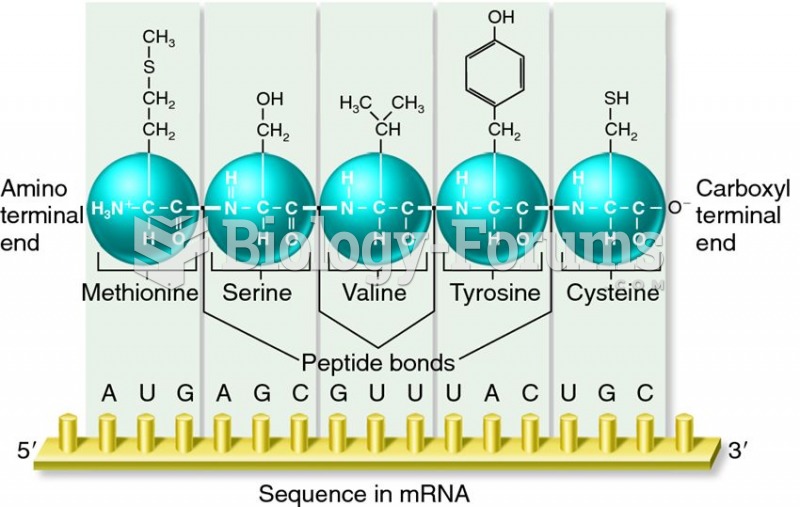Answer to Question 1
D
Answer to Question 2
They include the following:
1. Conflict Resolution: This component addresses how couples manage the inevitable conflict that occurs within the relationship, and how they resolve differences of opinion. Effectively managing conflict optimizes high levels of intimacy.
2. Affection: How partners express affection and show feelings of emotional closeness is an important aspect of intimacy and impacts the degree to which partners self-disclose, and the degree to which each reciprocates and shares their feelings and emotions.
3. Cohesion: This component looks at the degree to which the marriage relationship is valued; not only the level of commitment to the marriage, but each partner's sense of the other's level of commitment to the relationship. A cohesive relationship fosters trust.
4. Sexuality: Not only is it important that each partner is able to communicate their sexual needs, wants, and desires, but it is also important that each partner's sexual needs, wants, and desires are fulfilled by the marriage. This aspect of intimacy is considered the most intense togetherness a couple can experience.
5. Identity: Maintaining partners' individual identities is another aspect of intimacy that is important in order for both partners to be self-confident and have a high level of self- esteem. It is important that each partner's individual identity is not lost in the identity of the couple.
6. Compatibility: This component speaks to how each partner relates to one another, works together, and plays together. When intimacy exists, couples have a sense of comfort that exists when they are together; they have a mutuality of fulfilling the other's needs.
7. Expressiveness: The degree to which partners allow each other to access their most personal thoughts, beliefs, feelings, and the degree to which they allow themselves to share the most private parts of their lives are strong indicators of intimacy.
8. Autonomy: This refers to independence from a person's family of origin; this provides the emotional space a person needs to develop, nurture, and sustain intimacy with a partner.







